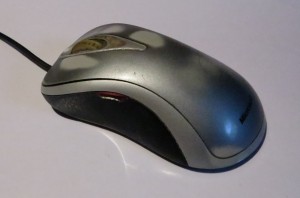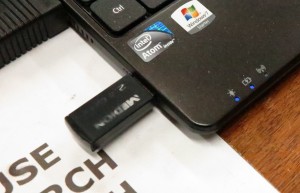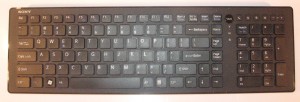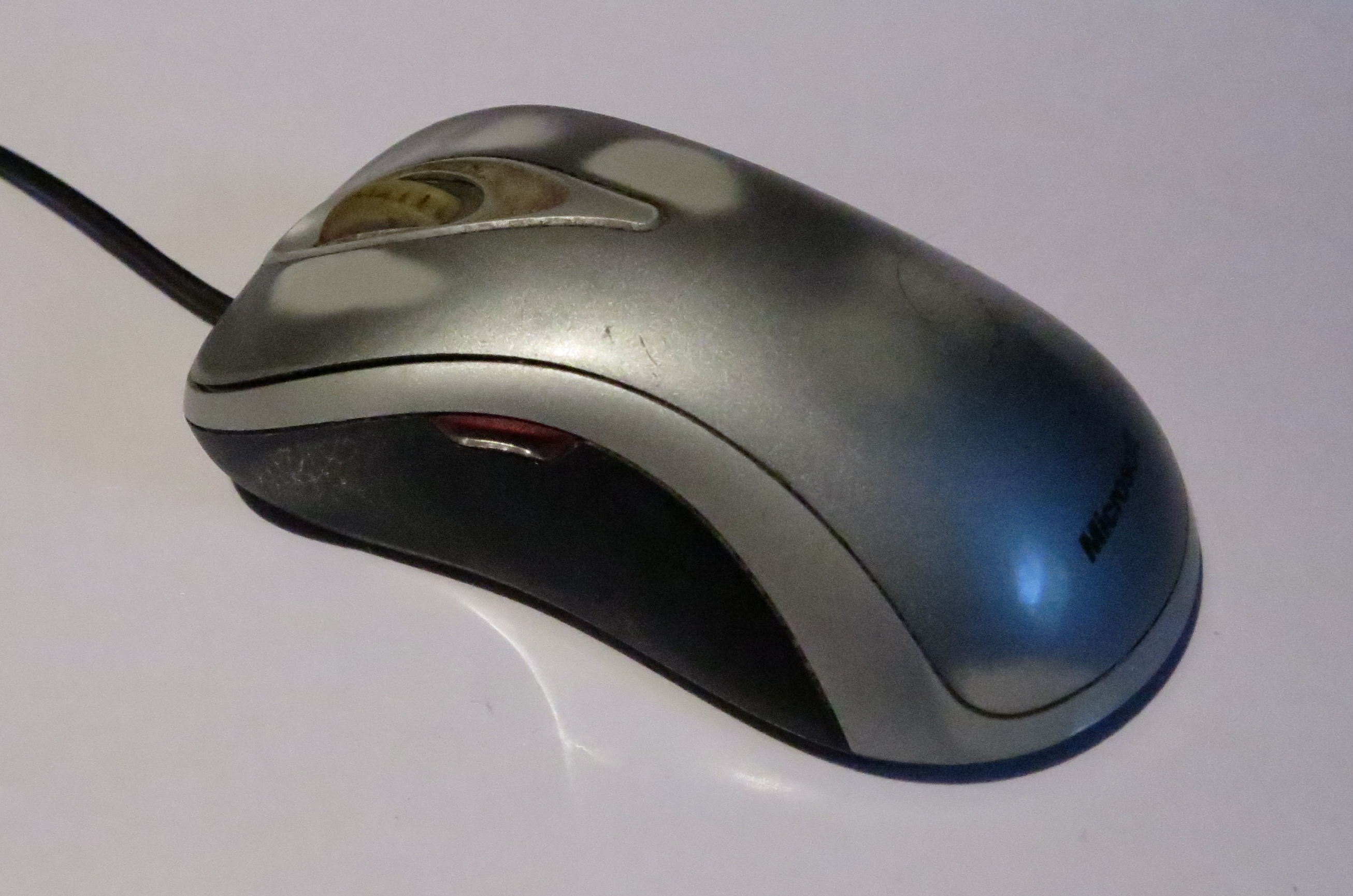A lot of wireless mice and keyboards offered at affordable prices and pitched for use with desktop computers are implementing a proprietary wireless setup which requires them to use a special USB transceiver dongle.
This is compared to some wireless mice, keyboards and games controllers that are offered for laptops and tablets where they have integral Bluetooth support. This is because the laptop and tablet computers are the main computers that come with Bluetooth on board. It is compared to desktops, mainly traditional “three-piece” desktops, that don’t have this feature and require the use of a USB Bluetooth dongle to gain Bluetooth connectivity.
A reality that is coming crystal clear is that the laptop computer along with the all-in-one desktop computer is being seen as a viable alternative to the traditional “three-piece” desktop computer for one’s main computing device. This is underscored with laptops that are taken between work and home along with myself seeing quite a few computer setups where a laptop computer is hooked up to a traditional keyboard and mouse and one or two desktop-grade monitors. Some of these setups even run the laptop’s screen as part of a multi-screen setup.
To the same extent, most of the “all-in-one” desktops are being equipped with Bluetooth functionality as a matter of course. This is more so where the goal is to compete with the Apple iMac range of “all-in-ones” or make this class of computer more impressive.
It also applies to a significant number of low-profile desktop computers that are being equipped with Wi-Fi and Bluetooth. This is to maintain their appeal for desktop-class computing that conveys a sense of elegance in this day and age. A good example of this would be the Intel “Next Unit of Computing” midget computers and similarly-designed computers which are about small size.
The Bluetooth advantage does away with the need to install a USB wireless dongle for that wireless keyboard or mouse or the risk of losing one of these dongles. For traditional desktop users, they can use and keep one Bluetooth dongle which works well if you want to move a Bluetooth keyboard and/or mouse between a secondary laptop and the desktop computer. Similarly the same Bluetooth dongle can support multiple devices like a keyboard, mouse, game controller and multipoint-capable Bluetooth headset.
The gap I am drawing attention to is the lack of traditional-sized keyboards, trackballs and mice fit for use with desktop computers, including novelty mice like the “model-car” mice, that work using Bluetooth. Manufacturers could offer a range of traditional-sized input devices that work with Bluetooth, preferably having Bluetooth LE (Smart) support, as part of their product ranges to cater for laptop-based and all-in-one-based personal computing setups.
Having Bluetooth LE (Smart) support would benefit this class of device because users shouldn’t need to be changing the peripherals’ batteries frequently which is something that can affect Bluetooth setups.
As well, there can be an effort towards improving responsiveness for Bluetooth keyboards, mice and games controllers to maintain Bluetooth’s appeal to the gaming community. Here, this would also be about working with other Bluetooth device clusters such as in a LAN-party environment where toe goal for gamers is to frag each other out rather than being “trampled on” by the enemy.
What really should be looked at is to standardise on Bluetooth as a way to wirelessly connect input devices like keyboards and mice to computer equipment.






